Understanding the 6VE1 Connecting Rod
The 6VE1 connecting rod is a critical component in the automotive industry, playing a pivotal role in the internal combustion engines of vehicles. This connecting rod is designed to connect the piston to the crankshaft, converting the reciprocating motion into rotational motion, which is essential for powering a vehicle.
Types and Compatibility
Connecting rods, including the 6VE1 connecting rod, come in various sizes and specifications to accommodate different engine models. They are compatible with a range of vehicles, including certain models from Land Rover, VW, and Audi. It is crucial for buyers to select the correct type to ensure engine compatibility and optimal performance.
Materials and Construction
The construction of a 6VE1 connecting rod typically involves robust materials such as forged steel or aluminum, which are known for their strength and durability under high-pressure conditions. The choice of material directly impacts the rod's performance, longevity, and ability to withstand the stresses of engine operation.
Features and Advantages
Features of the 6VE1 connecting rod include precise dimensions and a design that ensures balance and weight distribution, which are crucial for engine efficiency and smooth operation. The advantages of using a well-crafted connecting rod include improved engine response, reduced vibration, and extended engine life.
Applications and Uses
The 6VE1 connecting rod is primarily used in the automotive industry, specifically in the assembly and maintenance of engines. Its applications span across various types of vehicles, highlighting its versatility and importance in the realm of engine components.
Selection Criteria
When selecting a 6VE1 connecting rod, it is important to consider factors such as compatibility with the engine type, material quality, and the manufacturing process. Buyers should also evaluate the rod's specifications against their engine's requirements to ensure a proper fit and function.
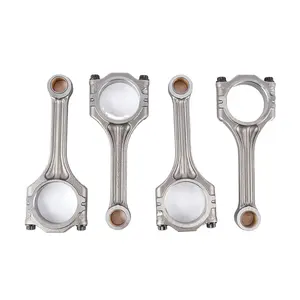
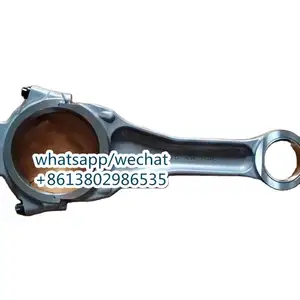



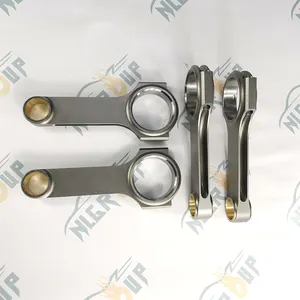



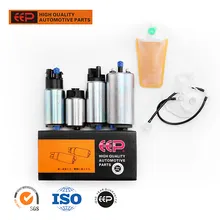
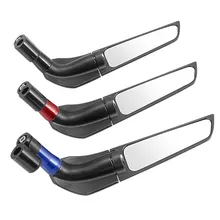

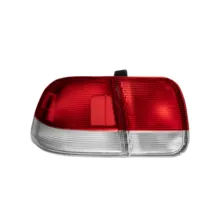

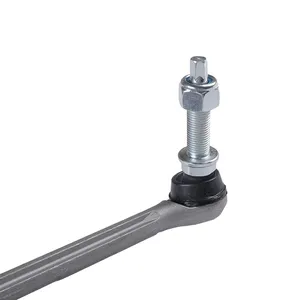


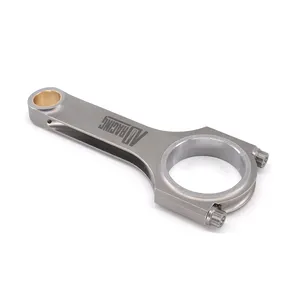
























 浙公网安备 33010002000092号
浙公网安备 33010002000092号 浙B2-20120091-4
浙B2-20120091-4